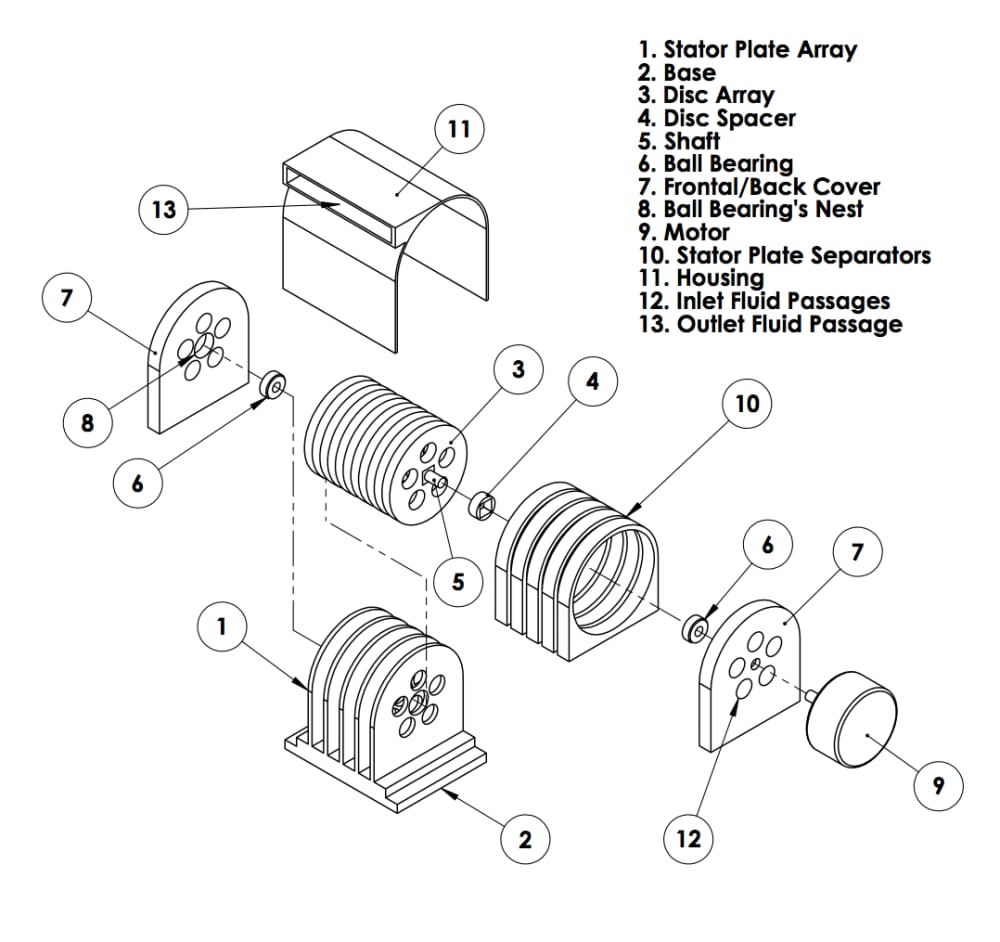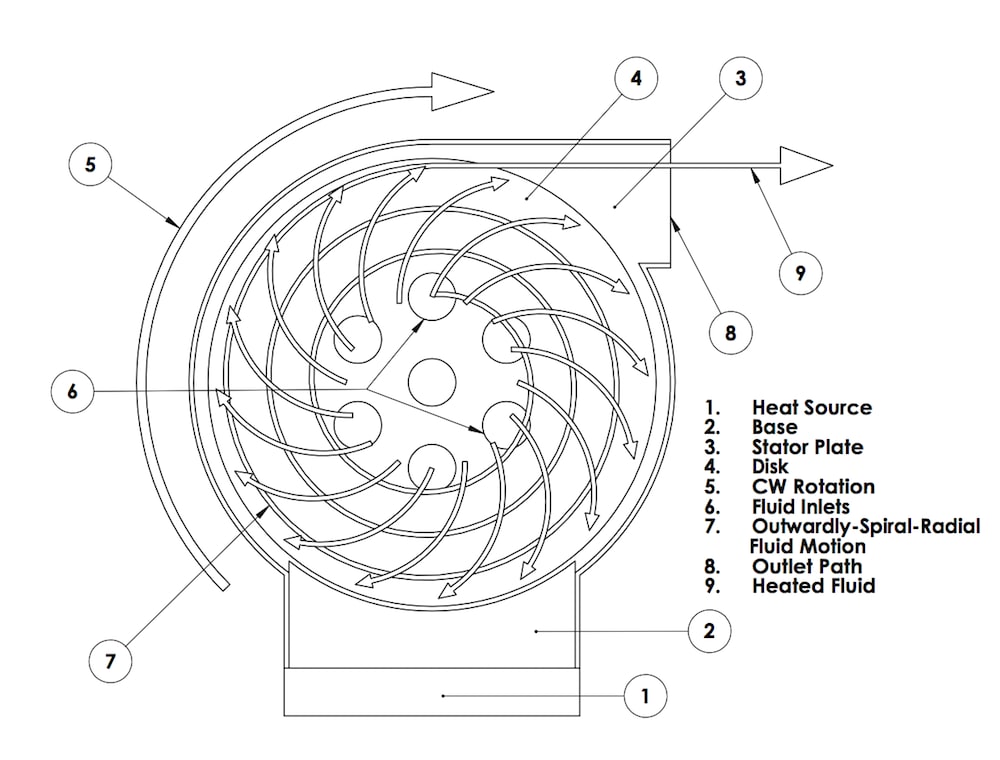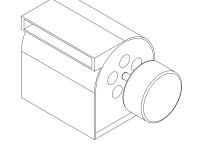Innovation: Boldcon Technologies introduces a new patent-pending concept that integrates fluid propulsing devices with enhanced heat exchanging mechanisms to increase heat rejection capabilities on heat exchanging devices. Referred as “Convectors,” the new devices are based on the clever utilization of “boundary layer disruption” to create heat rejecting devices that are simple in design, smaller, efficient, and quiet.
Manufacturability: All materials and components are readily available. Scaling production up is simplified by re-designing the devices with simple geometries and simple structures in order to use machining techniques that can help in the mass production of the devices.
Marketability: The product will provide customers the means to overcome heat rejection limitations on their designs.
Cost-effectiveness: Bold Technologies “Convectors” integrated into production devices will extend the device's life-span while providing effective heat rejection at low power consumption, low noise generation, at low pricing. These features make the use of the devices a good return on investment.
What problem does your design idea solve?
This design will help overcome heat rejection limitations on devices with high power generating components.
What are the potential benefits?
The new technology will allow high-power generating component manufacturers to produce devices with higher work capabilities regardless of heat rejection needs.
How is your idea novel or an improvement on what is currently available in the marketplace?
Marketed as a “Kinetic Cooler” and manufactured by Thermaltake, the “Engine 27 1U” is a device that represents the State-of-the-Art in heat rejection. Thermaltake’s device accomplishes the task by placing the heat source and rotating heat dissipator (swept-vane heatsink) close to each other. Heat transfer takes place via a thin thermal gap (0.001 inch [25.4 micrometers]) between the components. The heat transfer in this case is of the conductive mode. By comparison Bold Technologies coolers rely on convective heat mode transfer and the gap between discs and fins can be as large as 0.080 inches [2,032 micrometers].
Where this idea would be applied?
On devices, machines, or systems that have components that generate large amounts of heat.
What is the market potential?
Considerable, since the alternatives are limited or non-existent.
How does your design work?
Turned by a motor, a series of thin, flat, parallel, equally spaced discs rotate between a series of thin, flat, parallel, equally spaced plates (fins). Air between the discs sweep the fins, collect the heat by boundary layer disruption, and then the heated air is discharged via tangential outlets.
How would your product be manufactured?
The product can be part of OEM devices and come pre-installed on new machines or it can be manufactured after market for old machines or systems with high heat rejection requirements.
How would the production cost compare with products already in the marketplace?
Lower.
Summary
Boundary-layer-disruption based CPU Coolers represent a step in the long process to alleviate a problem that has plagued the electronic industry for several decades. As new and more powerful processors are being designed, the advent of a new cooling technique is certainly to make a future
Like this entry?
-
About the Entrant
- Name:Pedro Sarmiento
- Type of entry:individual
- Software used for this entry:SolidWorks 2016
- Patent status:pending








